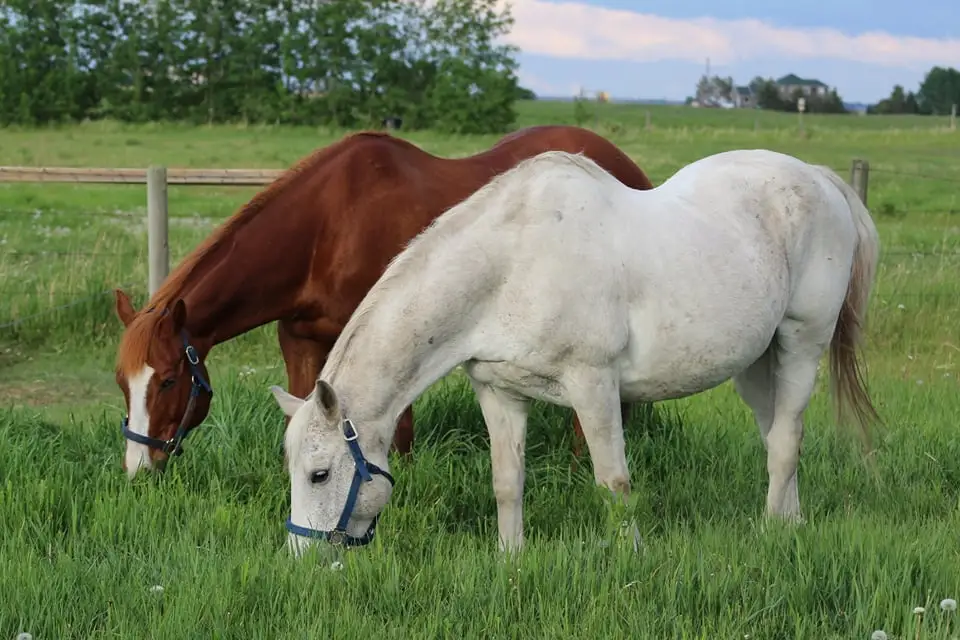We were approached by the dad of two kids, aged 7 and 12. The younger child was a tiny and gentle nurturing type of person. Her older brother was analytical, determined, and intense. The parents found that the little girl was often overpowered verbally by her brother.

When they started coming to Emerge Equine, there seemed to be a disconnect between the kids in that they had a hard time relating and getting along. And the parents were struggling with the difficult relationship between their children.
We selected two horses that got along well and yet were very different.
Chip is a taller, sorrel coloured (a rich orange-red colour) quarter horse. He’s calm and quiet and confident. The boy liked to identify all the details of Chip. How tall is he? What’s his colour? What is his breed? What is the most common breed? How many are there in the whole world? Why? And so on.
Jace is a smaller, grey (mostly white) Arabian horse. He’s steady but not really confident like Chip. The little girl realized quickly that her favourite activity with Jace was a breathing exercise we do where the participant places their hands on the horse’s neck and back, leans in and breathes. They activate their senses through the smells, sounds, feel and energy of the horse. It’s calming and feels so good.
As we worked with the kids, it quickly became clear that they struggled to value the other’s perspective.
The horses provided a relatable way to see the greatness of each despite their differences. Through activities, games and conversation, we identified ways their horses were the same and ways they were different. The kids began to see how one is not better than the other, they are actually complementary. And then, we shifted the conversation to how each child is unique, they began to see how they are complementary to one another.
Over the course of several weeks, we were able to help the kids discover many new insights. They began to see how each was valuable in their own right, they learned to verbally acknowledge the other and express their love for each other. They learned that they don’t express love in the same way, and how to recognize when the other is trying to express love. They also learned to express gratitude, which brought a rush of emotion evident on the faces of their parents.
Although they learned many new things about their relationship, they also learned about horses, how to tie knots, how to follow instructions and more. We have a simple and patient approach to learning here which empowers each participant. By putting attention on the horse, we are able to make a point without having a participant become defensive. Then, when the time is right, a question is asked or a point is brought forward that has the particpant see something they were previously blind to.
